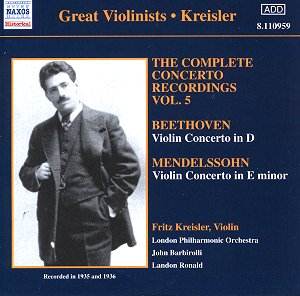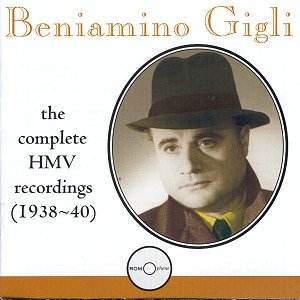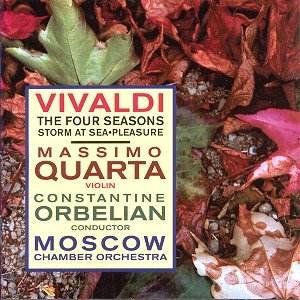 Composer: Fritz Kreisler
Composer: Fritz Kreisler
Works: Ludwig van Beethoven – Violin Concerto; Felix Mendelssohn – Violin Concerto in E minor
Performers: Fritz Kreisler, violin; London Philharmonic Orchestra conducted by John Barbirolli (Beethoven); Landon Ronald (Mendelssohn)
Recording: London, June 1936 (Beethoven); April 1935 (Mendelssohn)
Label: NAXOS HISTORICAL 8.110959
Fritz Kreisler, one of the 20th century’s most beloved violinists, occupies a unique niche in the pantheon of classical performers, straddling the line between the romantic expression of the past and the evolving styles of his contemporaries. This fifth volume of Naxos’s comprehensive series of Kreisler’s concerto recordings revisits his collaborations with the London Philharmonic Orchestra, conducted by the eminent John Barbirolli and the capable Landon Ronald. Here, we encounter two canonical works in the violin repertoire: Beethoven’s Violin Concerto, a cornerstone of the classical canon, and Mendelssohn’s E minor Concerto, a work that combines lyrical beauty with virtuosic demands.
The Beethoven Concerto, recorded in 1936, reflects a performance style that is both polished and deeply expressive. Kreisler’s interpretation, while perhaps less adventurous than some modern renditions, is imbued with a sense of tradition that is compelling. One can hear the meticulous care taken in his phrasing, particularly in the first movement where the delicious slide at 5’08 reveals his mastery of tonal color. His ability to imbue each note with meaning is particularly evident, even if one might find moments of imperfection—most notably at 10’30. Such instances, however, align with Kreisler’s own philosophy as echoed by his friend Jacques Thibaud; the essence of the performance lies not solely in technical perfection but in the emotional journey it offers the listener.
Barbirolli’s conducting serves as a robust canvas for Kreisler’s artistry. The orchestral sound, while perhaps not as pristine as modern recordings, captures a warmth that complements the violin’s voice. The Larghetto, despite some surface noise, showcases Kreisler’s tonal brilliance against the lush backdrop provided by the orchestra. The delicate interplay between soloist and ensemble is particularly noteworthy in the rondo finale, where Kreisler’s unforgettable diminuendo preludes the orchestral tuttis, leaving a lingering impression that resonates long after the notes fade.
Transitioning to the Mendelssohn Concerto, recorded a year earlier, Kreisler’s partnership with Landon Ronald reveals a different interpretive landscape. Ronald’s conducting, while less flamboyant than Barbirolli’s, serves as an ideal foil to Kreisler’s lyricism. The performance is imbued with warmth and affection, showcasing Kreisler’s remarkable bowing technique and tonal variety. Even with minor slips—such as the notable misstep at 7’50 during the first movement cadenza—the overall interpretation remains engaging and convincing. Ronald’s slightly brisker tempo in comparison to Szigeti’s recording with Beecham offers a refreshing perspective, allowing Kreisler’s expressive capabilities to shine through with clarity and purpose.
Recording quality, as one might expect from historical releases, presents its own challenges yet also offers a certain charm. The sound is not without imperfections, but the engineering allows for a clear delineation of the orchestral parts, enhancing the listener’s experience. The balance between soloist and orchestra, although occasionally favoring the latter, maintains a satisfactory clarity that serves the performances well.
Kreisler’s dual offerings in this volume not only reaffirm his status as a preeminent violinist of his time but also provide a window into the historical performance practices that shaped the interpretation of these works. While debates regarding the superiority of the earlier Berlin sessions linger, these London recordings stand as testaments to Kreisler’s artistry, evoking a sense of nostalgia while remaining relevant for today’s listeners. This release is a significant addition to the discography of one of violin history’s most charismatic figures, offering both a historical perspective and an enduring enjoyment of two beloved concertos.



